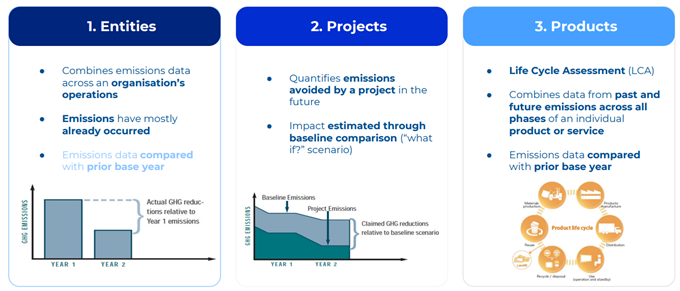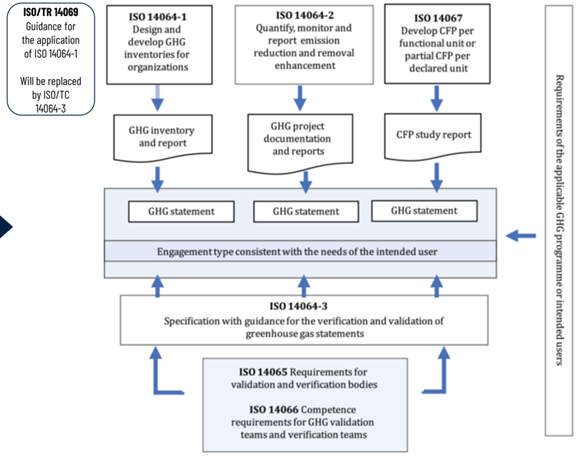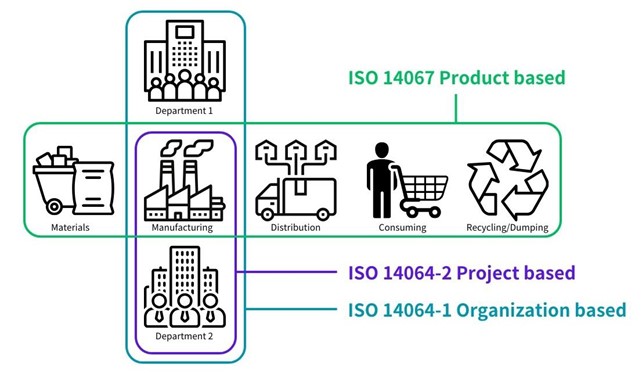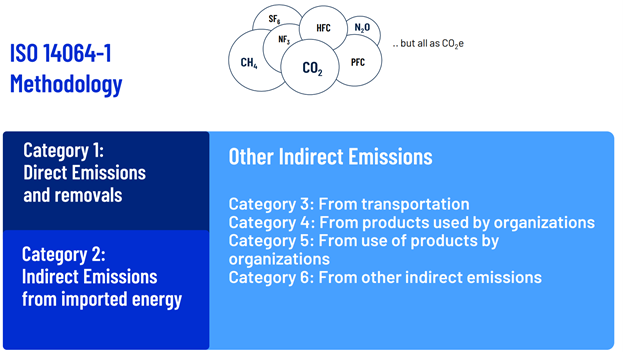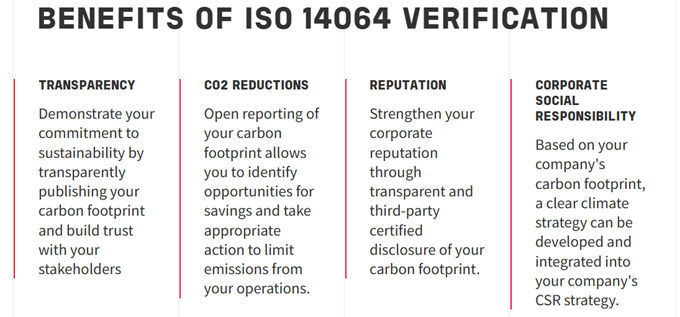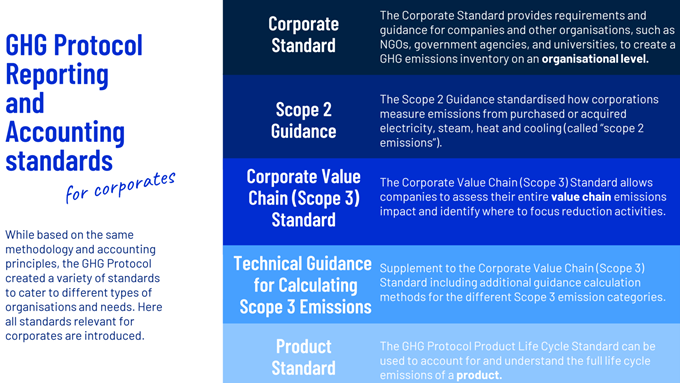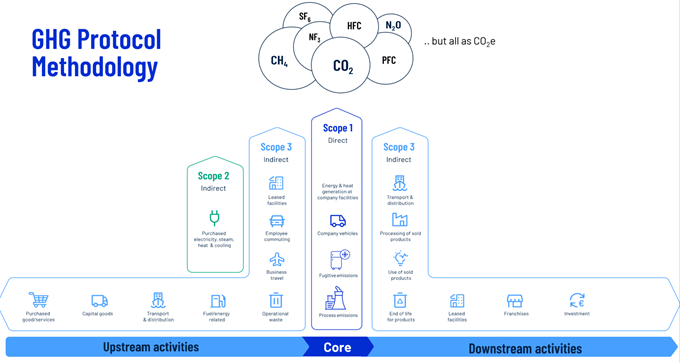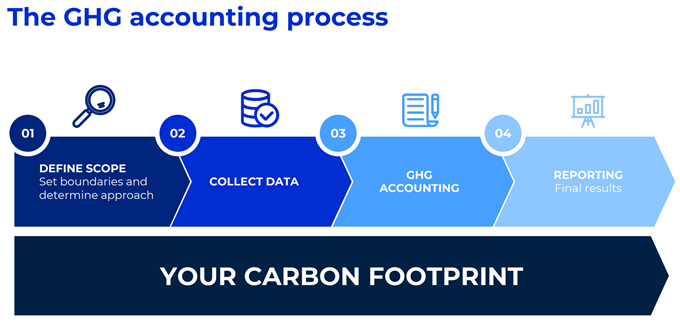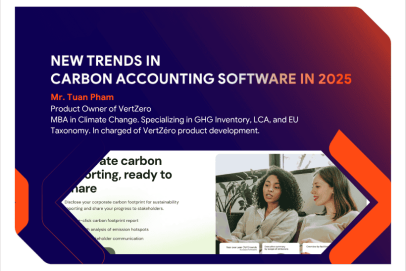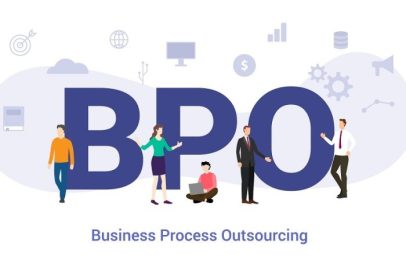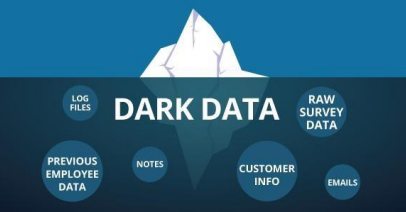A Guide for Company Decision Makers: Choosing Between ISO 14064 and ISO 14067
As companies strive to be environmentally responsible, choosing the right standards to measure their carbon footprint is essential. ISO 14064 and ISO 14067 offer valuable tools for this purpose. Let’s break down the differences and help you decide which path is right for your company.
In this article, we’ll cover:
- Types of emissions measurement
- ISO14064 vs ISO14067
- Benefits of acquiring ISO14064
- ISO14064 vs GHG Protocol
- How to conduct GHG accounting according to ISO14064-1
1. Understand Different Types of GHG Accounting
There are three primary types of greenhouse gas (GHG) accounting, each with a distinct focus and method of analysis. Entities accounting aggregates an organization’s total emissions from past operations, comparing this data to a base year to measure reductions or increases. Projects accounting estimates the potential emissions a project will avoid in the future. This involves creating a baseline “what-if” scenario and measuring actual GHG reductions against this hypothetical benchmark. Products accounting employs Life Cycle Assessment (LCA) to quantify the environmental impact of a product or service throughout its entire lifespan. This approach combines both historical and projected emissions data and, like entities accounting, often compares results to a base year to track progress over time.
Entities (Corporate Standards) – ISO 14064-1:2018
- Focus: Aggregates emissions data from all activities within an organization.
- Nature of Data: Looks at emissions that have already happened.
- Analysis: Compares current emissions to a previous base year to track progress or changes.
Projects – ISO 14064-2:2019
- Focus: Estimates the greenhouse gas (GHG) emissions that a specific project will prevent in the future.
- Analysis: Compares a “what-if?” scenario (without the project) to projected emissions with the project in place. This establishes a baseline.
- Assessment: Measures actual GHG reductions achieved over time (from Year 1 onward) against the baseline.
Products – ISO14040 or ISO14067
- Focus: Uses Life Cycle Assessment (LCA) to evaluate the total environmental impact of a product or service throughout its entire lifespan.
- Nature of Data: Combines historical emissions data with projections for future emissions.
- Analysis: Similar to entity accounting, compares emissions to a past base year to track changes associated with the product’s life cycle.
ISO 14064 Family
2. ISO 14064 vs ISO 14067
The two primary ISO standards used for greenhouse gas (GHG) accounting are ISO 14064 and ISO 14067. While they share some core principles, they have distinct purposes and areas of application. Here’s a table summarizing the key differences:
| Feature | ISO 14064 | ISO 14067 |
| Scope | Organization-wide GHG emissions | Product-specific GHG emissions |
| Focus | Measuring and reporting existing emissions | Quantifying a product’s carbon footprint |
| Standards (set) | Three-part series:
· Part 1 – Organization Level · Part 2 – Project Level · Part 3 – Verification |
Single standard |
| Purpose | Track reductions, inform internal strategies, and support external reporting | Identify emission hotspots in the product life cycle, facilitate improvement, provide environmental labeling basis |
| Key Principles | Relevance, completeness, consistency, accuracy, transparency | Same as ISO 14064 |
| Use-cases | ESG Report, setting emissions reduction targets, carbon offset projects, CBAM reporting. | Product-level carbon footprinting, eco-labeling, supply chain emissions management |
As the table highlights, the key differences between ISO 14064 and ISO 14067 lie in their scope and focus. ISO 14064 offers a comprehensive framework for managing an organization’s total GHG emissions. It helps companies track their environmental impact, identify areas for improvement, and report their emissions to stakeholders. In contrast, ISO 14067 is a product-specific standard. It provides a methodology for calculating the carbon footprint of a particular product across its entire life cycle, from raw material extraction to disposal. This information can be used to improve the product’s environmental performance, inform eco-design strategies, and communicate the product’s environmental impact to consumers.
ISO 14064 vs ISO 14067
Companies use ISO 14064 to establish a baseline of their greenhouse gas emissions, set science-based reduction targets, report their progress to investors and other stakeholders, and validate the effectiveness of carbon offset projects. On the other hands, manufacturers and product designers use ISO 14067 to determine the carbon footprint of their products throughout the entire life cycle. This data supports eco-labeling initiatives, informs decisions on product design to reduce emissions, and helps manage emissions within complex supply chains.
3. Understand ISO14064-1 and Its Benefits
ISO 14064-1 is an internationally recognized standard that helps businesses measure and report their greenhouse gas (GHG) emissions. Think of it as your rulebook for tracking the environmental impact of your operations.
Why does this matter?
- Data-driven decisions: Accurate emissions data lets you establish a baseline, set realistic reduction targets, and track your progress towards sustainability goals.
- Stakeholder expectations: Investors, customers, and regulatory bodies increasingly demand transparency around a company’s environmental performance.
- Competitive advantage: Demonstrating proactive climate action can enhance brand reputation and open new market opportunities.
Key Concepts in ISO 14064-1
- CO2e (Carbon Dioxide Equivalent): Different greenhouse gases (like methane or nitrous oxide) have varying impacts on global warming. CO2e provides a standard unit for measuring and comparing them.
- Emission Categories: The standard organizes emissions into six categories, covering direct emissions from your company’s activities, indirect emissions from energy you purchase, and emissions throughout your supply chain.
Using ISO 14064-1 benefits your business by:
- Pinpointing emission hotspots: Identifying the biggest sources of emissions allows for targeted reduction strategies.
- Informing decision-making: Data on your environmental footprint guides choices on investments, product design, and operational improvements.
- Providing a credible foundation: Following the standard ensures that your reporting is reliable and aligns with industry best practices.
4. ISO14064-1 vs GHG Protocol
For businesses seeking to establish a robust system for greenhouse gas (GHG) accounting and reporting, two prominent frameworks emerge: ISO 14064-1 and the GHG Protocol. While both share the goal of promoting transparency around an organization’s environmental impact, they differ in their structure and areas of emphasis. The following table provides a side-by-side comparison to help you understand the key distinctions between these two frameworks.
ISO 14064-1 is a standardized framework, whereas the GHG Protocol offers a flexible set of tools. ISO 14064-1 is more focused on reporting, while the GHG Protocol encompasses accounting processes, reporting, and verification.
Both ISO 14064-1 and the GHG Protocol are complementary. You can use the GHG Protocol to develop your GHG inventory and then follow ISO 14064-1 to ensure your reporting meets the required standards.
| Feature | ISO 14064-1 | GHG Protocol |
| Purpose | Specifies principles and requirements for quantifying and reporting GHG emissions and removals at the organizational level | Provides accounting and reporting standards for businesses and organizations to manage and report greenhouse gas emissions |
| Scope | Organizational level | Can be used at the organizational, project, or product level |
| Standards | Single standard | Suite of standards and guidelines |
| Focus | Quantification and reporting | Accounting, reporting, and verification |
| Verification | Not mandatory, but can be verified by a third-party | Verification is optional, but encouraged |
| Benefits | Streamlines GHG accounting, improves transparency, informs decision-making | Provides a flexible framework, promotes consistency, enhances credibility |
5. How to conduct GHG accounting according to ISO14064-1
Once you’ve chosen your framework (ISO 14064-1 or the GHG Protocol), you can move through the steps of the GHG accounting process itself. Here’s a breakdown of the key stages involved:
- Define Scope
- Organizational Boundaries: Define which facilities, operations, or subsidiaries are included in the accounting exercise.
- GHG Types: Determine if you’ll include only the main Kyoto Protocol gases (CO2, CH4, N2O, HFCs, PFCs, SF6), or extend to others with significant impact.
- Approach: Choose between operational or financial control boundaries and decide whether to use location-based or market-based emissions accounting for purchased energy (Scope 2).
- Collect Data
- Activity Data: Gather information on activities that lead to emissions – fuel consumption, electricity use, raw material volumes, transportation distances, waste generation, etc.
- Emission Factors: Identify the most reliable and appropriate emission factors for each activity type. These convert activity data into GHG emissions (e.g., from the IPCC or government databases).
- Calculate Emissions
- Calculate: Multiply activity data by emission factors for each emission source and GHG type to get emissions expressed in CO2e.
- Aggregate: Sum up emissions from all sources within your defined scope. Consider separately reporting Scope 1 (direct), Scope 2 (indirect energy), and Scope 3 (other indirect).
- Reporting
- GHG Inventory: Summarize your emissions data into a clear, structured report, including methodology, data sources, and any assumptions made.
- Communication: Share your findings with relevant stakeholders (investors, customers, regulators, etc.). Highlight reduction efforts and progress toward targets.
Important Considerations:
- Automated Software: Similar to financial accounting, carbon accounting (GHG accounting) may require a lot of data inputs and manual processes which leads to higher risk of inaccuracy and inconsistency.
- Standards: Follow ISO 14064 and the GHG Protocol for best practices and credibility.
- Verification: Consider third-party verification to enhance the reliability of your GHG reporting.
- Continuous Improvement: Regularly review your process, re-assess your data, and update your inventory as changes in your business occur.
While ISO 14064-1 focuses on the quantification and reporting of greenhouse gas emissions, it also allows for optional verification of your GHG inventory. This involves the following:
- ISO 14064-3: This complementary standard within the ISO 14064 series outlines the principles and process for GHG validation and verification.
- Accredited Verification Body: Engage a third-party verifier accredited to ISO 14065 (the standard specifically for GHG verification bodies). They will rigorously examine your calculations, methodologies, and data sources to ensure compliance with ISO 14064-1.
- Verification Statement: Upon successful completion, you’ll receive a formal statement or certificate confirming that your GHG inventory has been independently verified.
VertZéro, your Ultimate Partner for Green Transformation, can help you navigate the complexities of GHG accounting with ease. We offer a comprehensive suite of services designed to:
- Simplify your GHG accounting process: Our experts will guide you through every step, ensuring your inventory is accurate, efficient, and aligns with ISO 14064-1 standards.
- Automate data collection and analysis: Leverage our cutting-edge technology to streamline data gathering and analysis, saving you valuable time and resources.
- Accelerate your journey to ISO 14064-1 verification: Benefit from our proven track record and expertise to achieve verification in a shorter timeframe.
Most companies do not go green alone. Partner with VertZéro and unlock the benefits of:
- Enhanced transparency and credibility for stakeholders
- Reduced environmental impact and operational costs
- A competitive edge in the sustainability-driven marketplace
| Exclusive article by FPT IS expert
Author Pham Tuan – Director of VertZero product |


